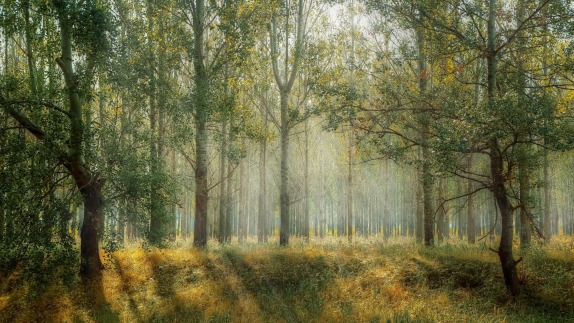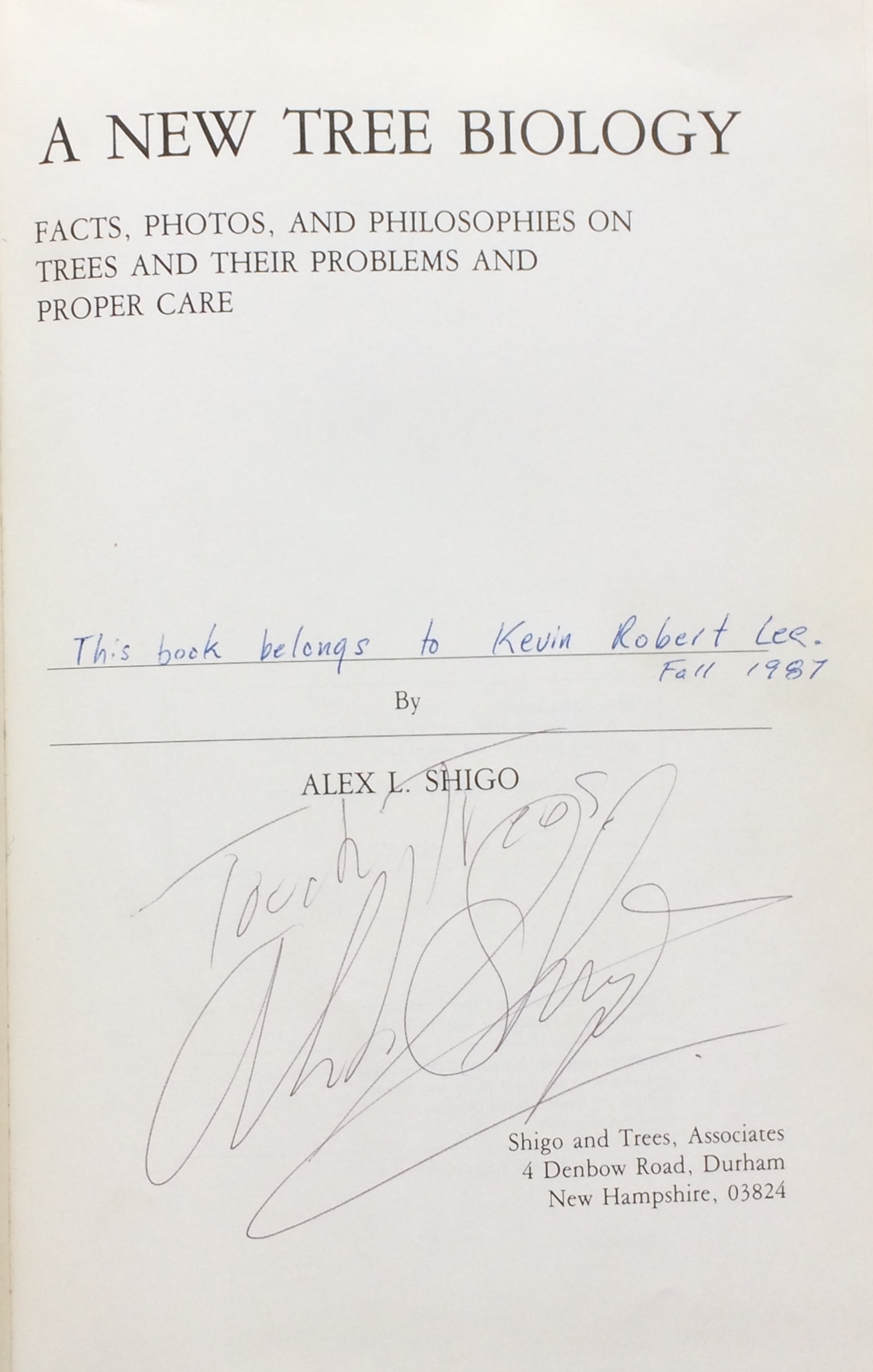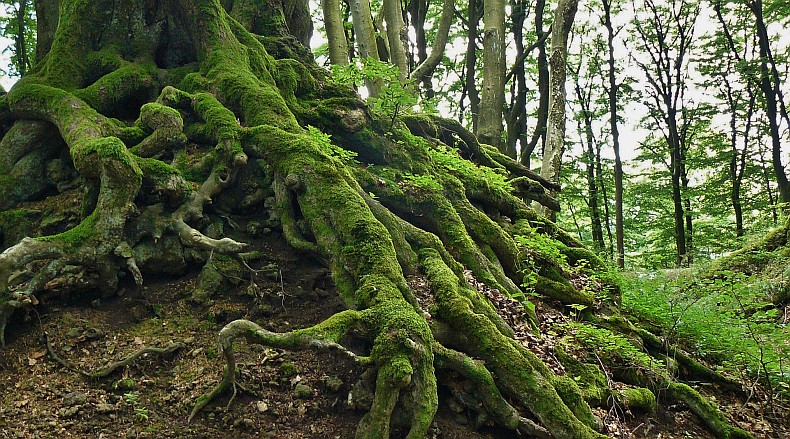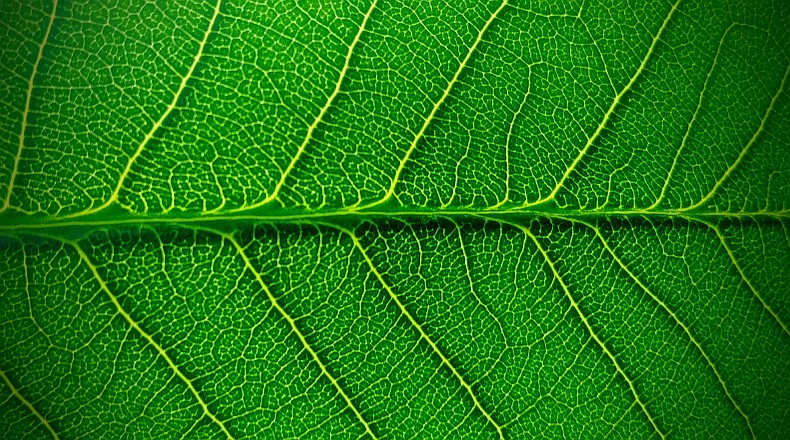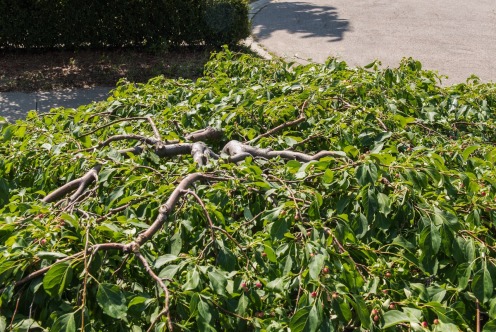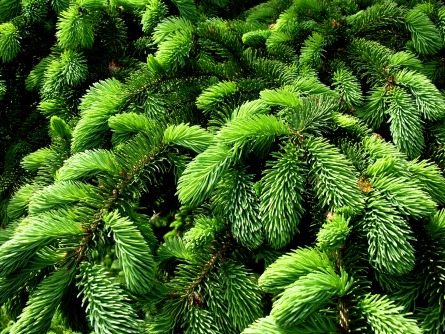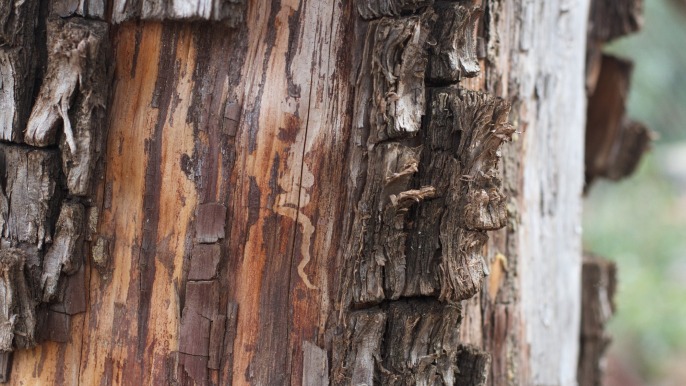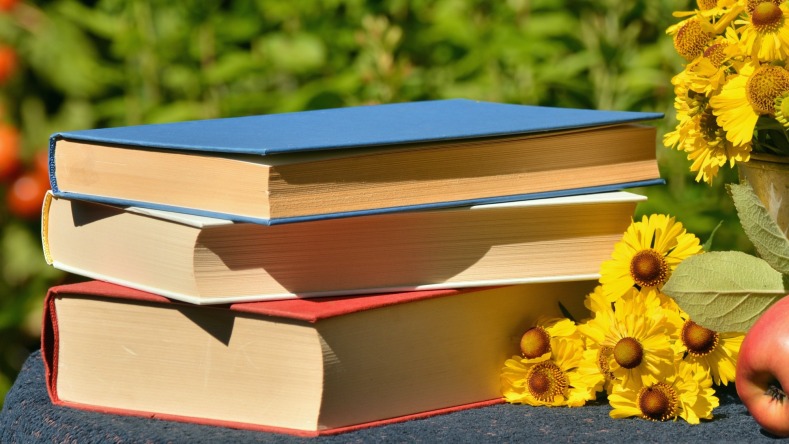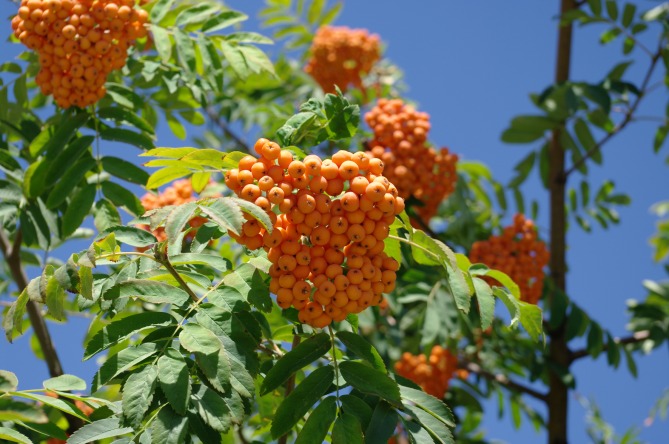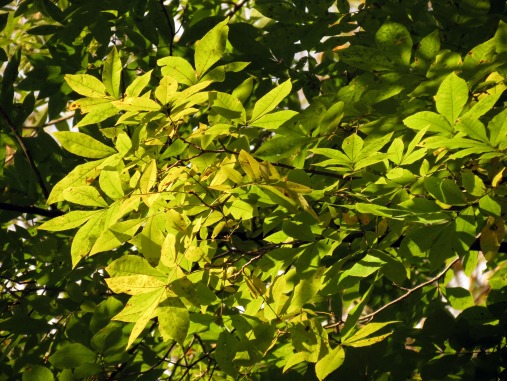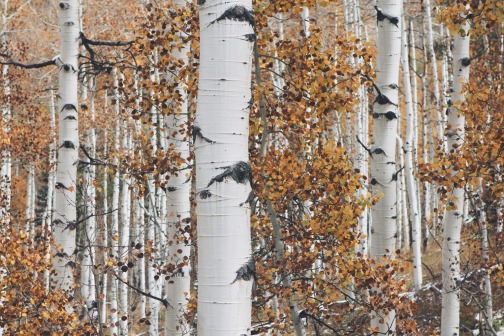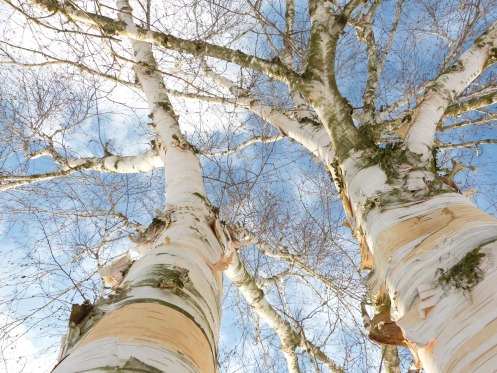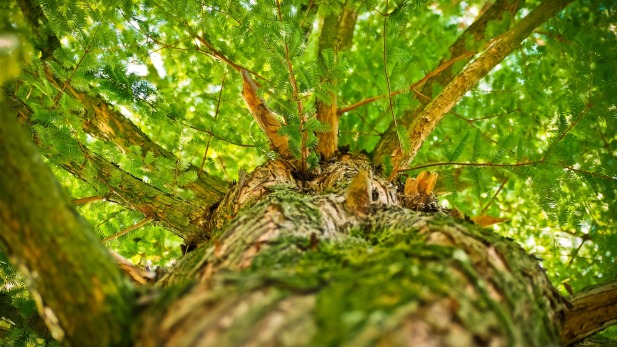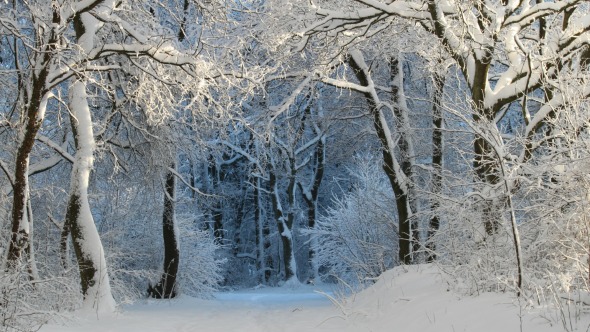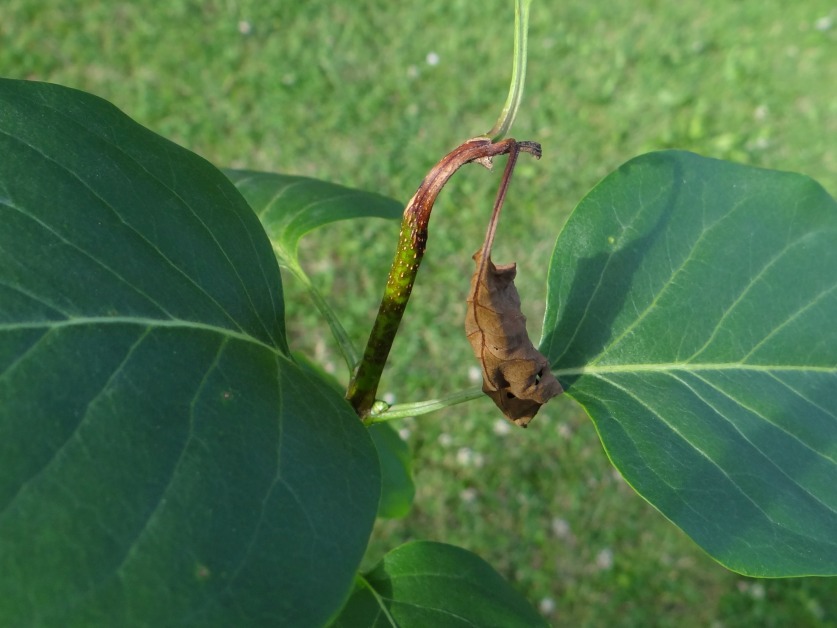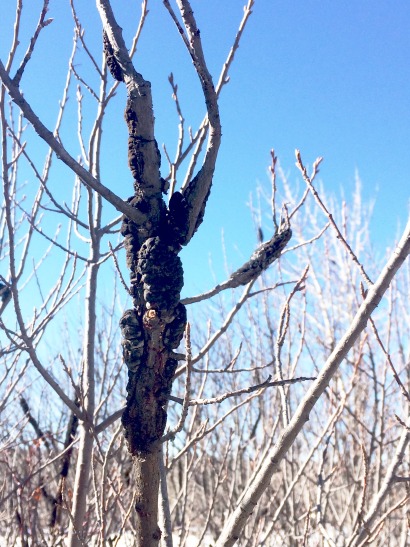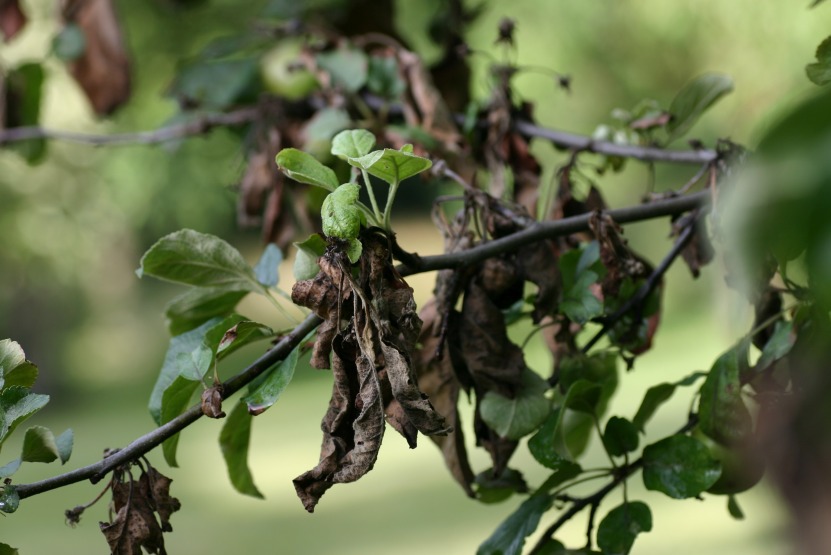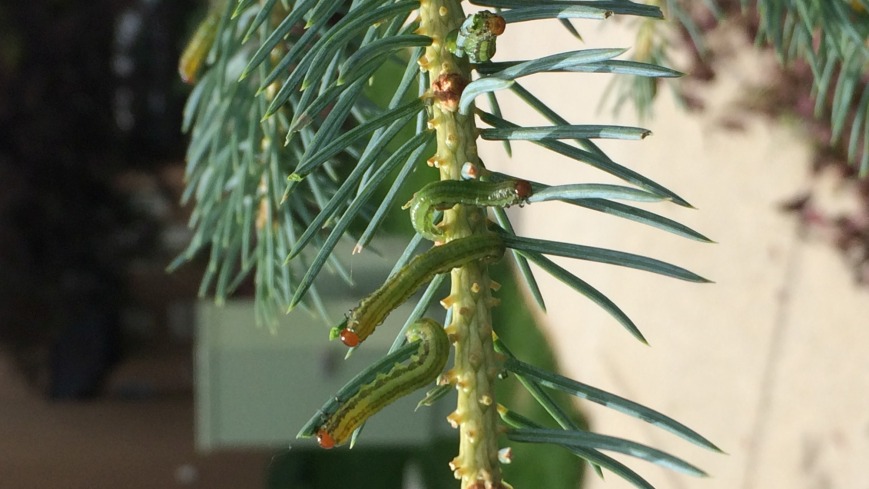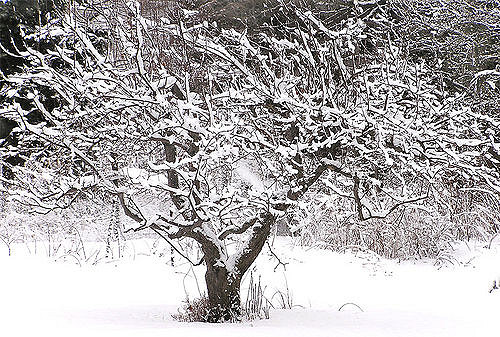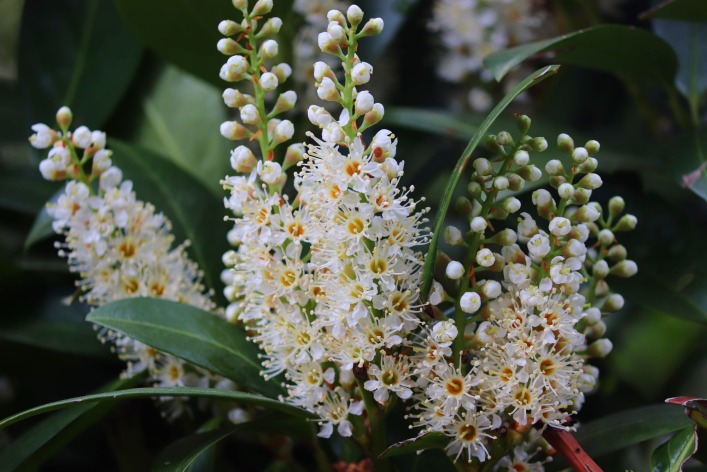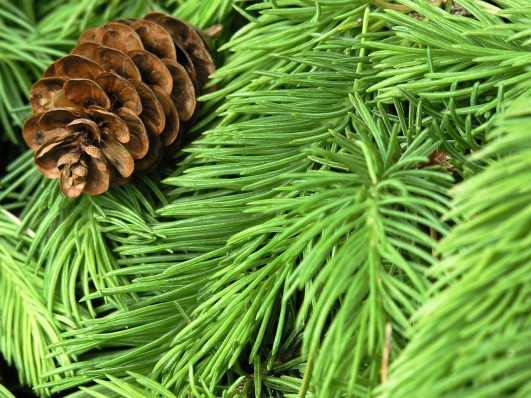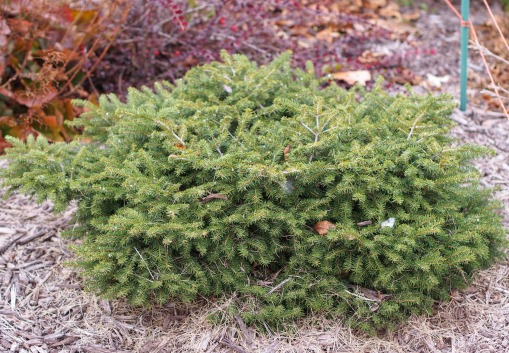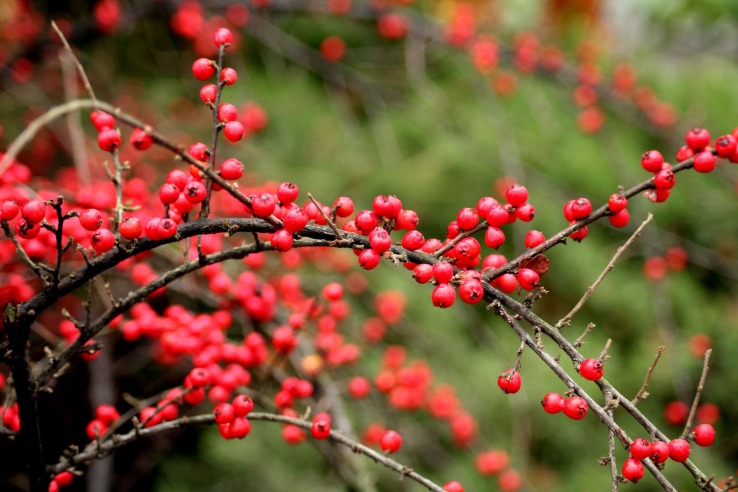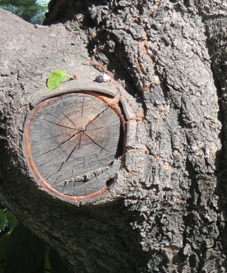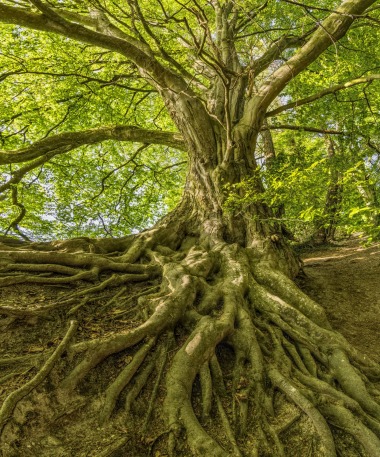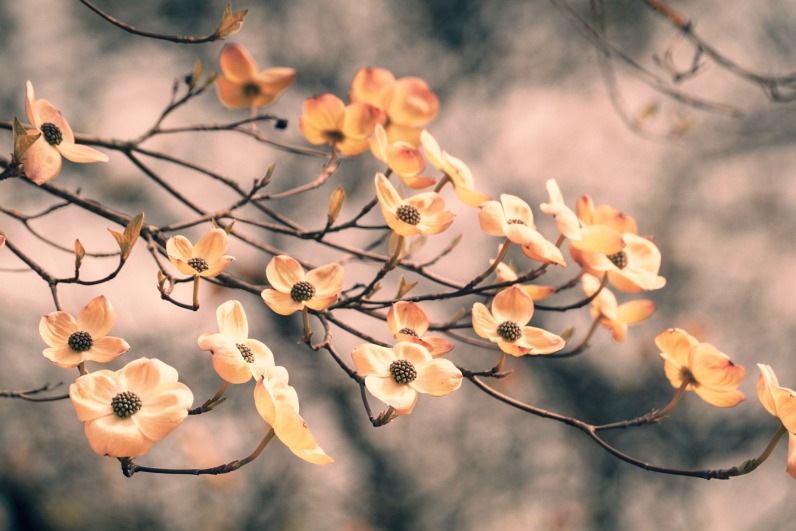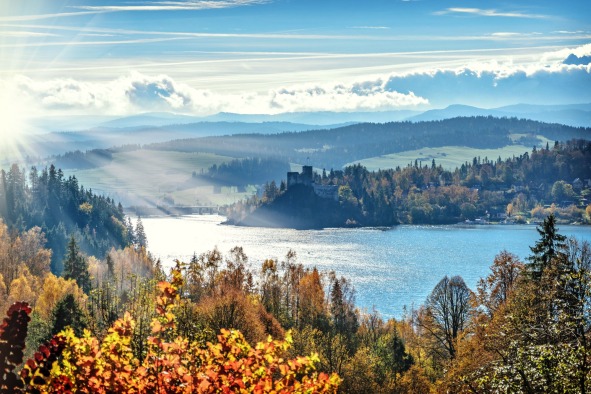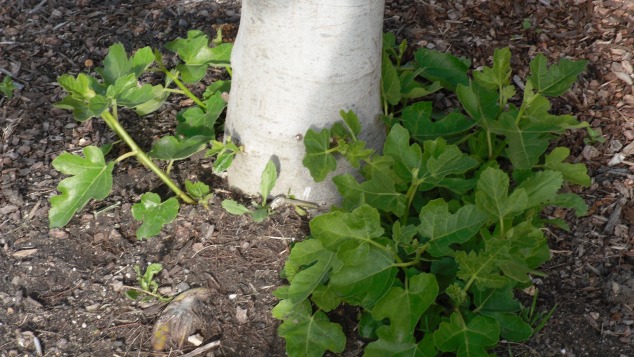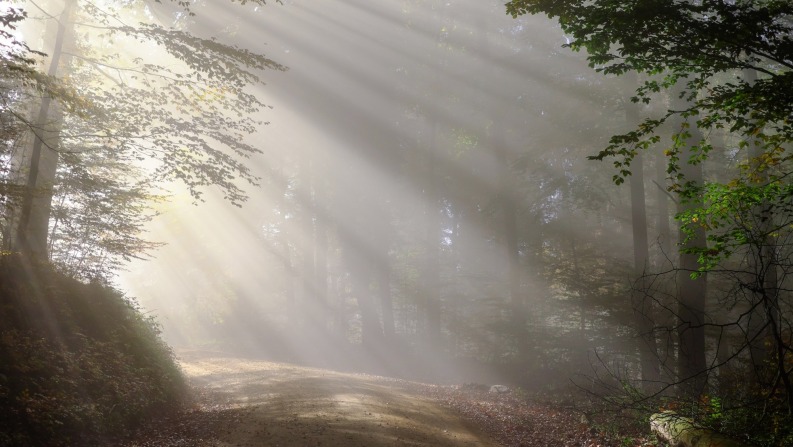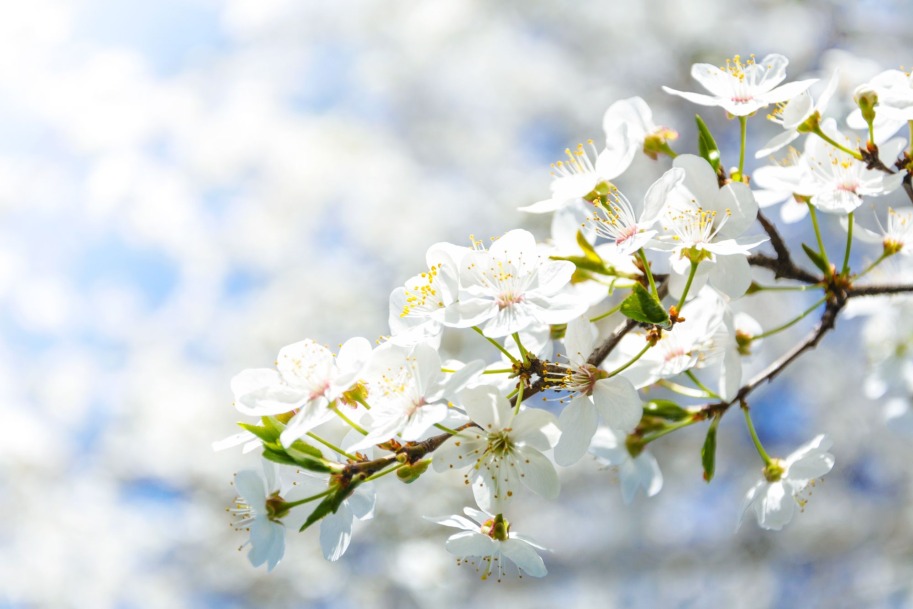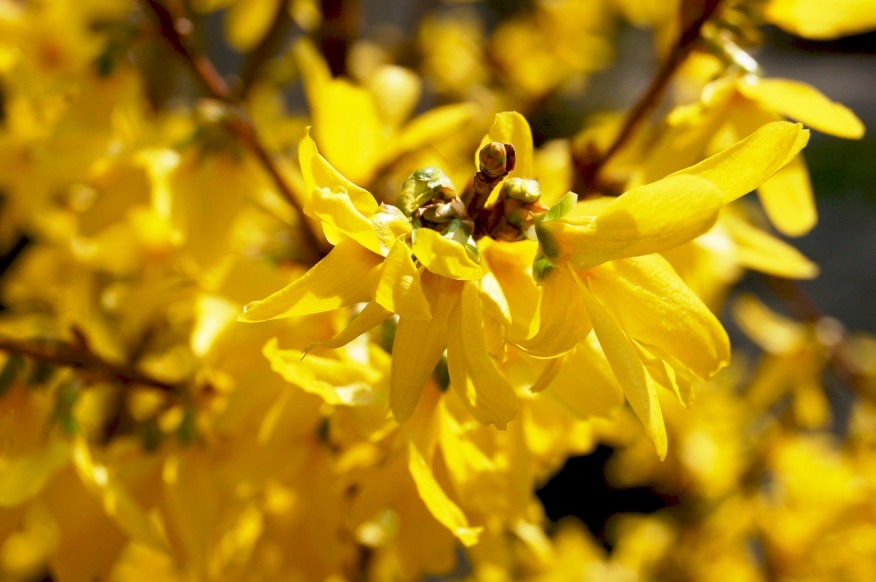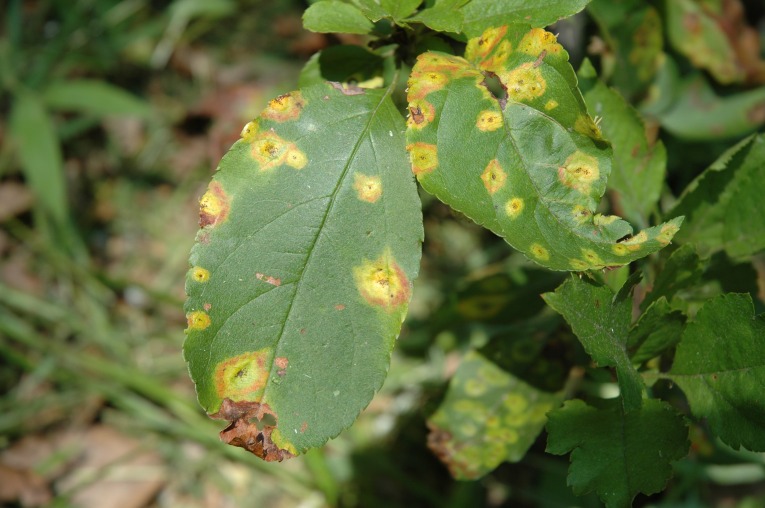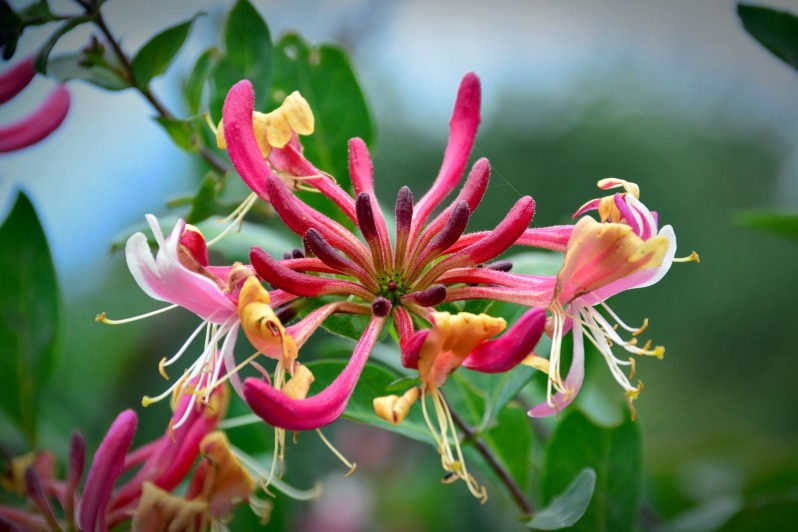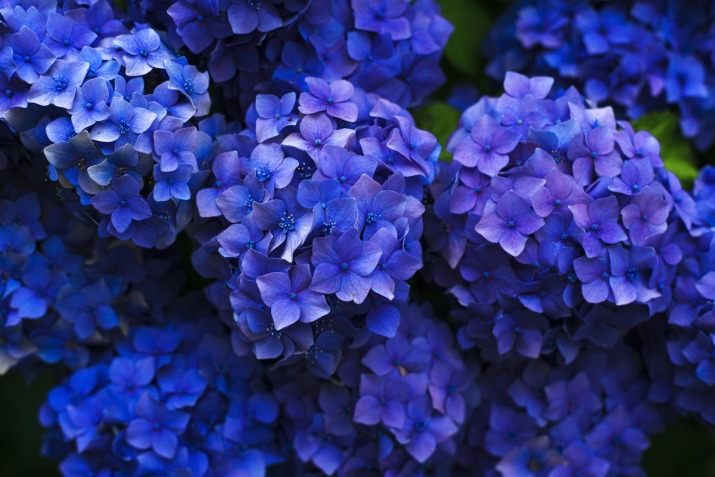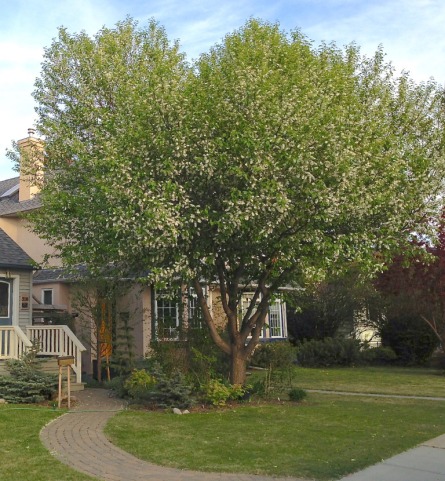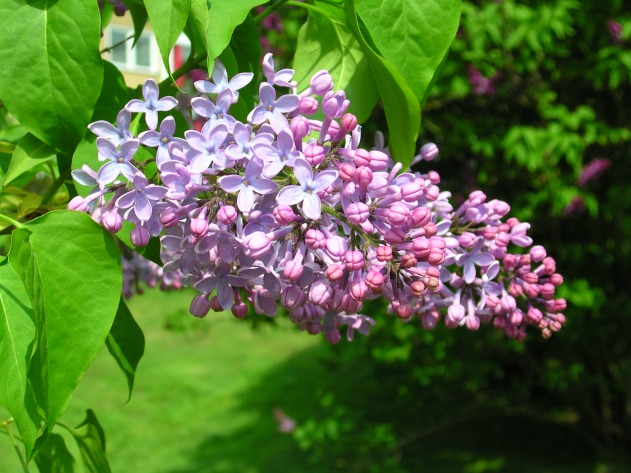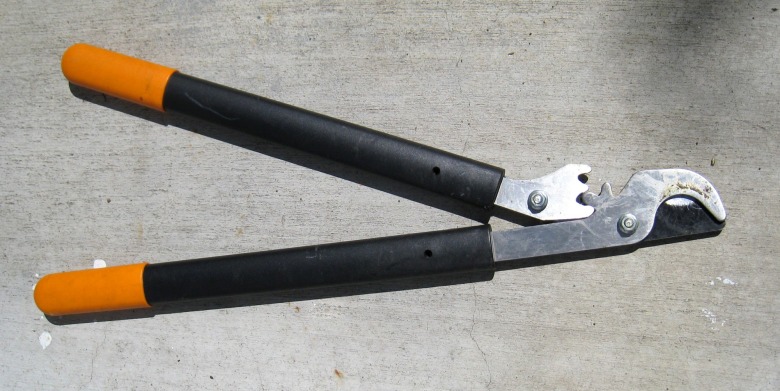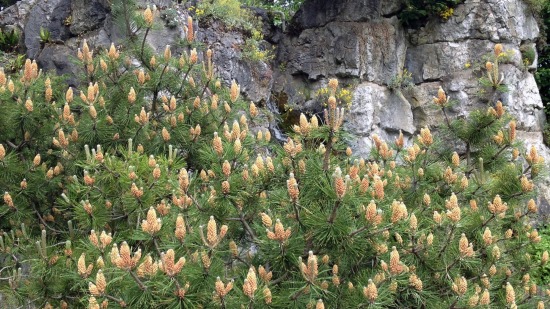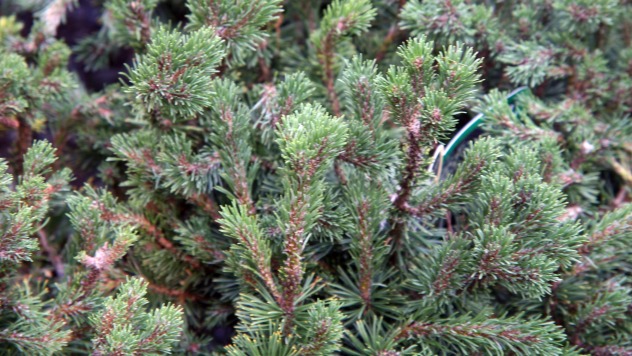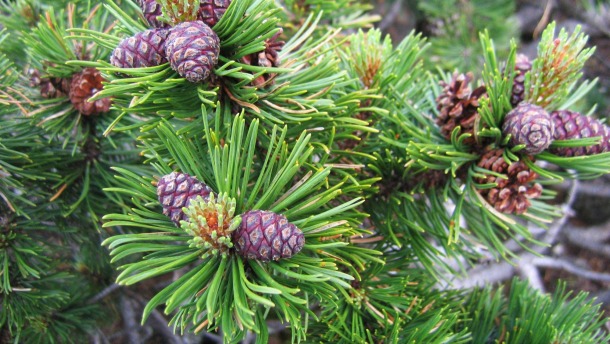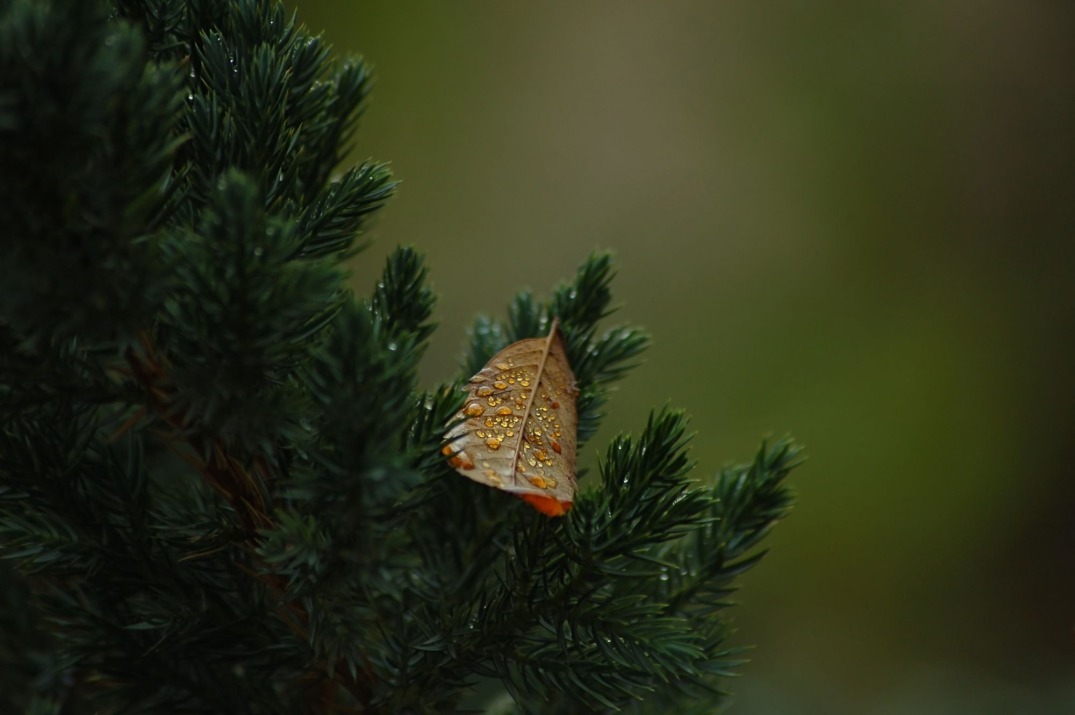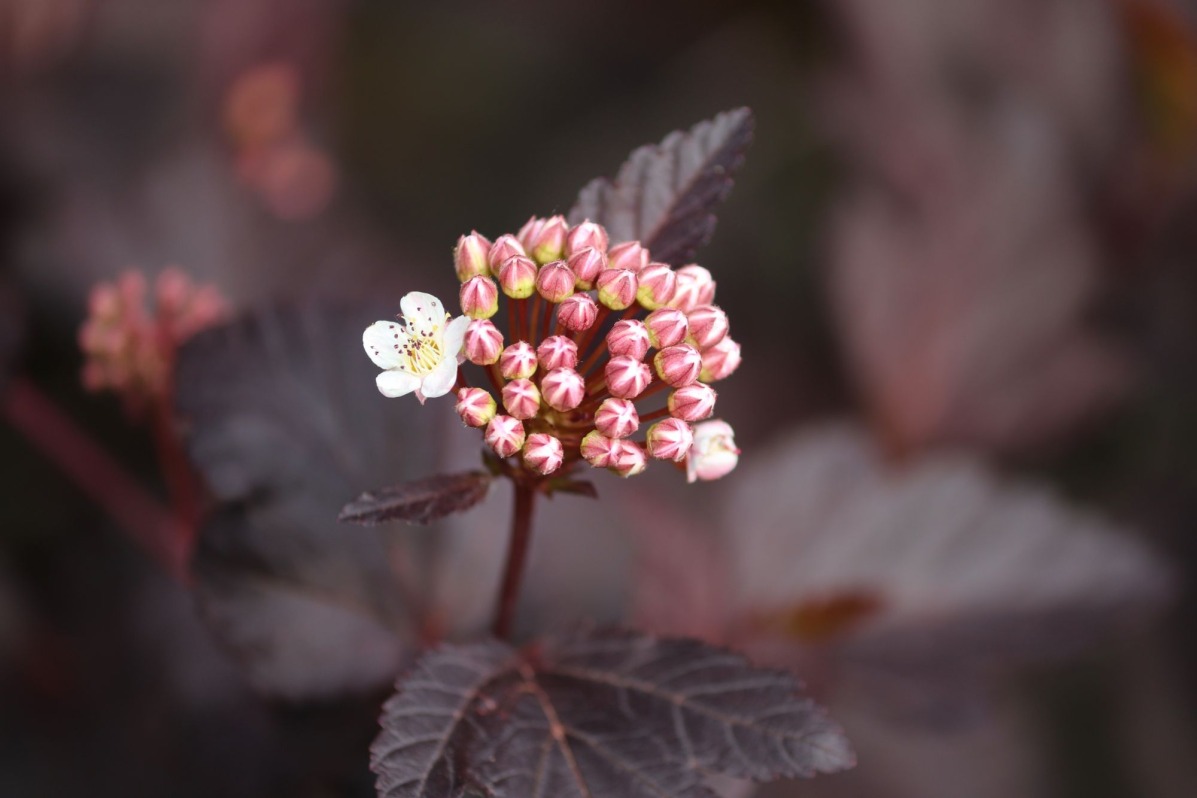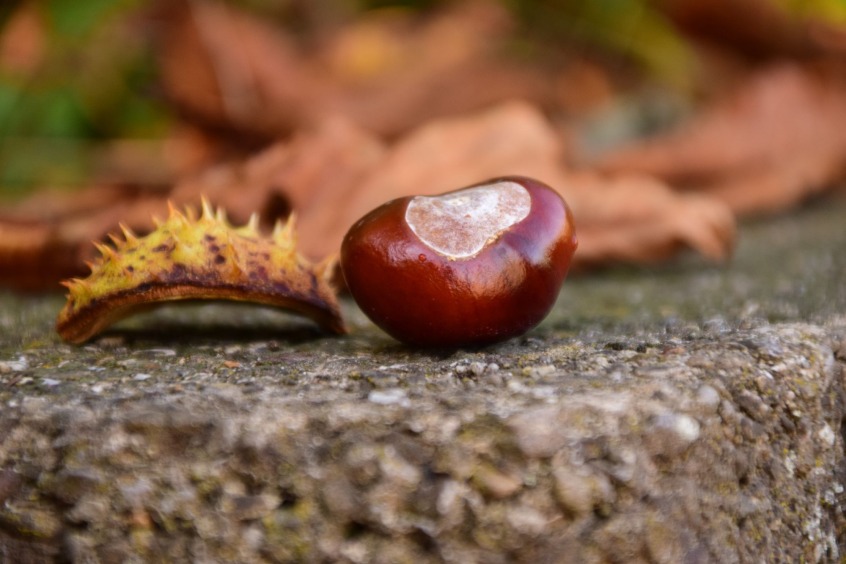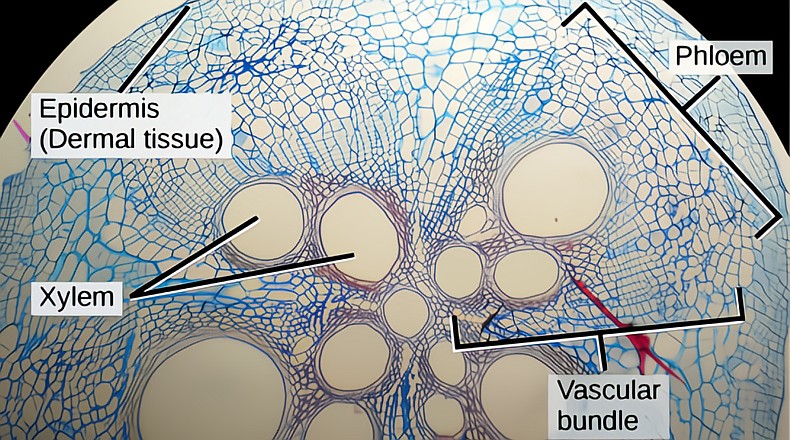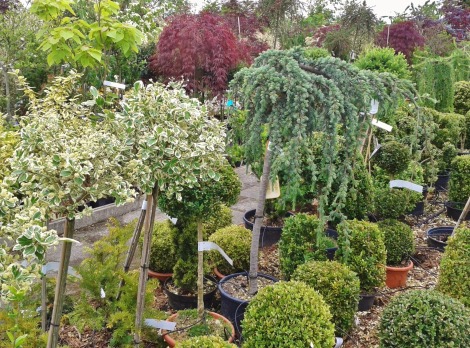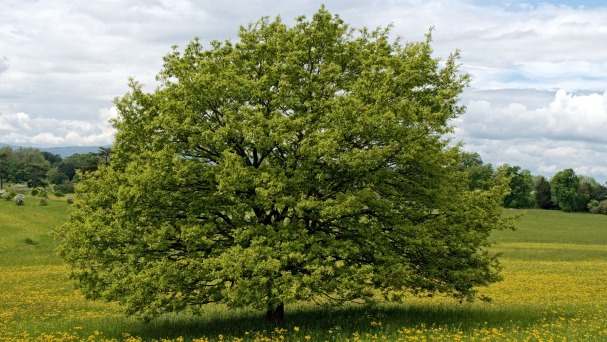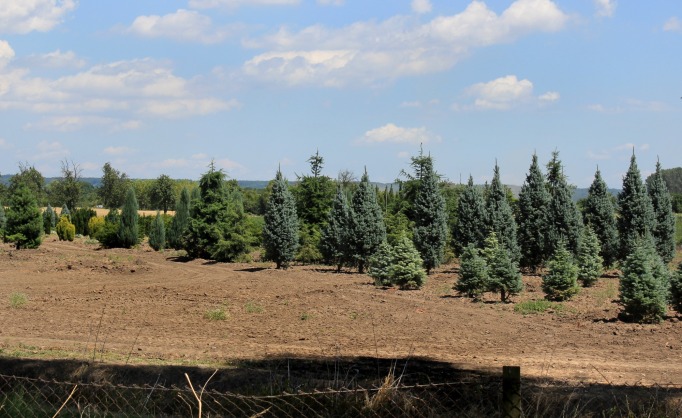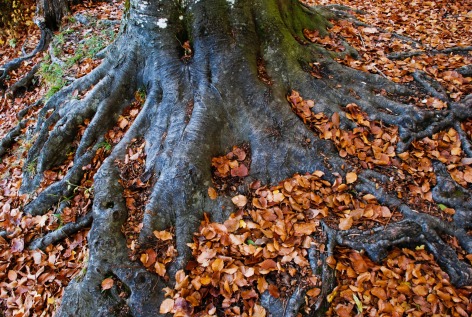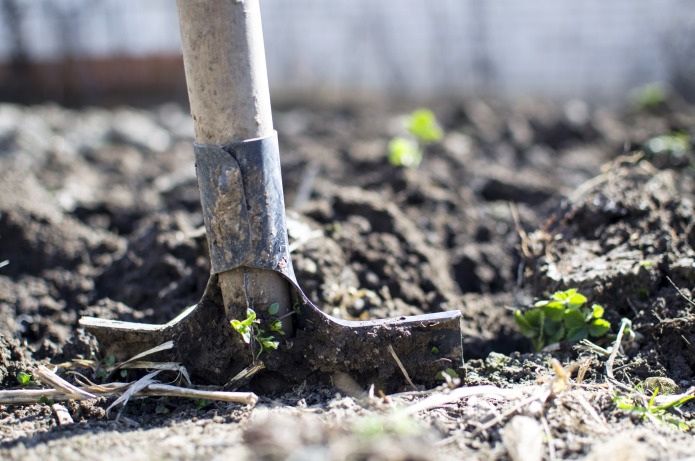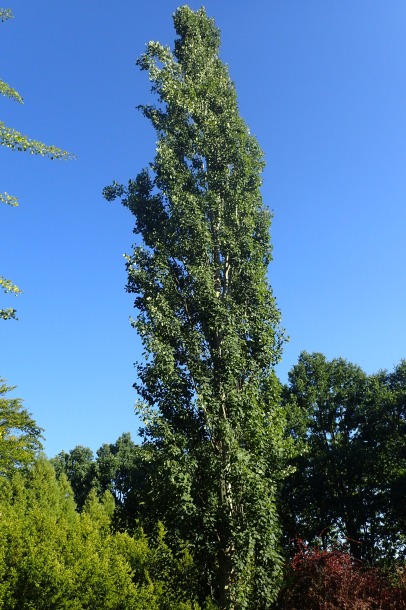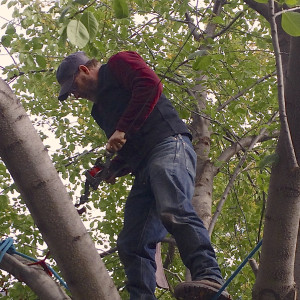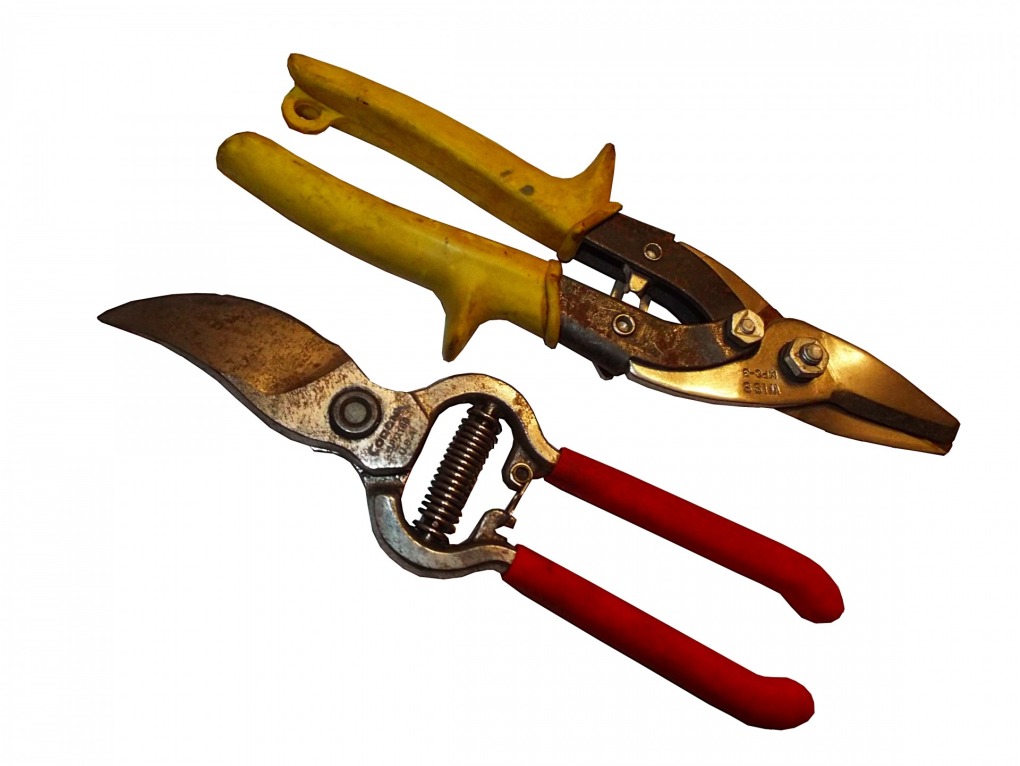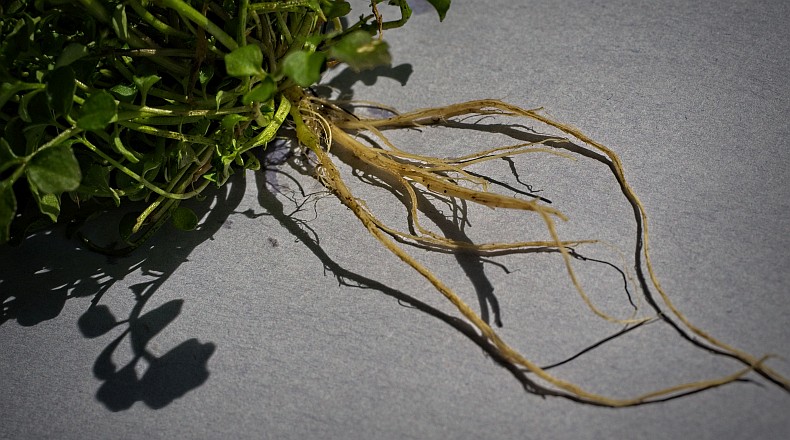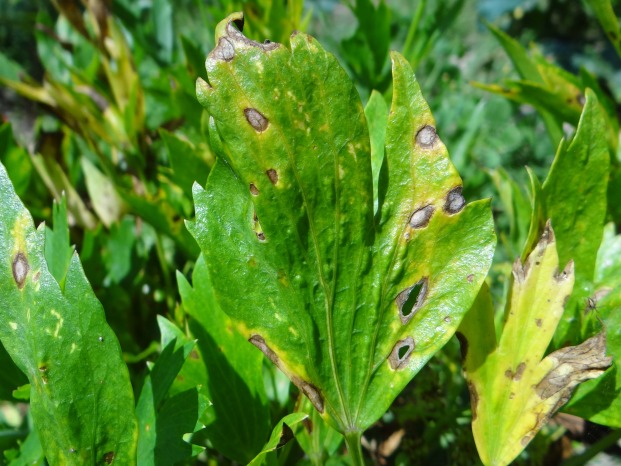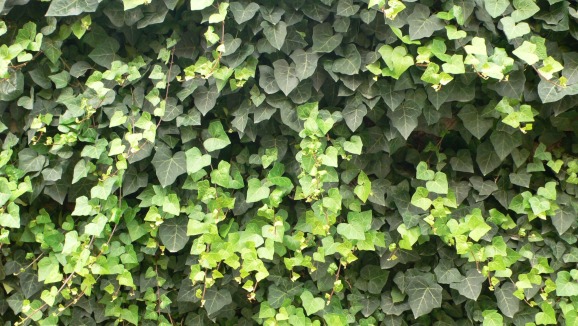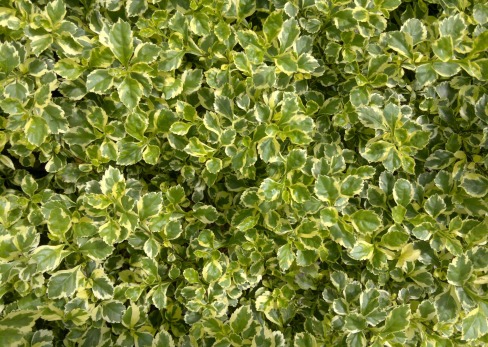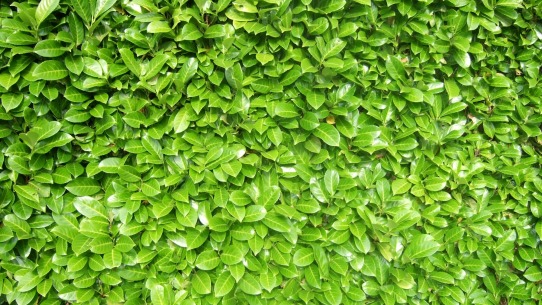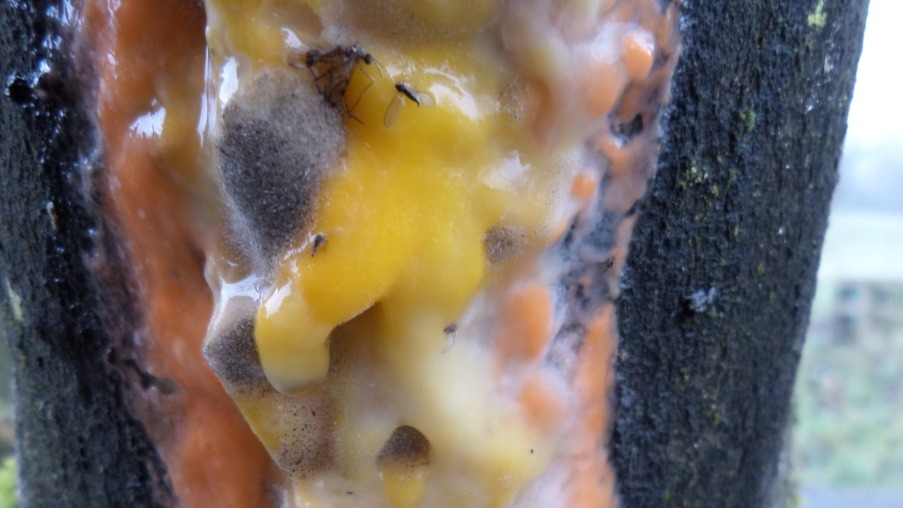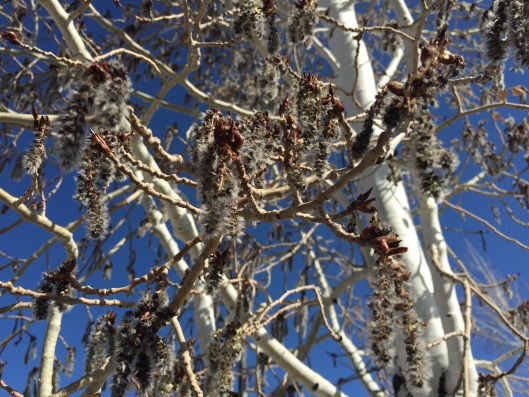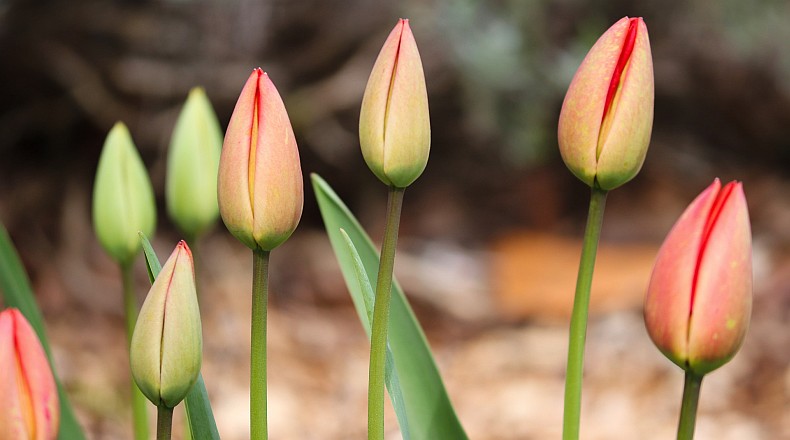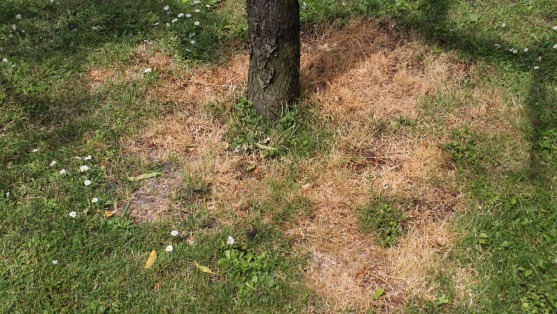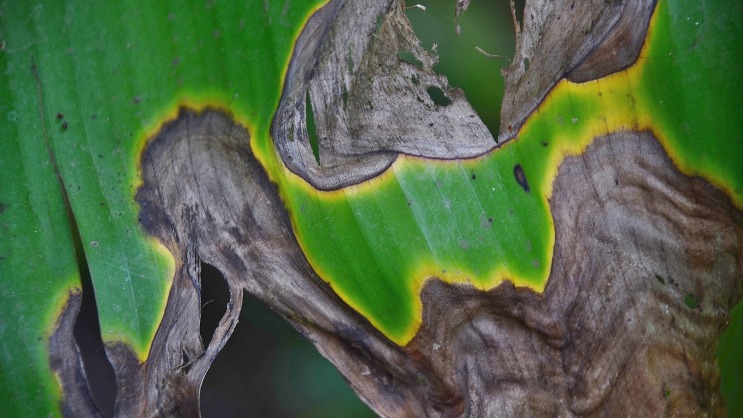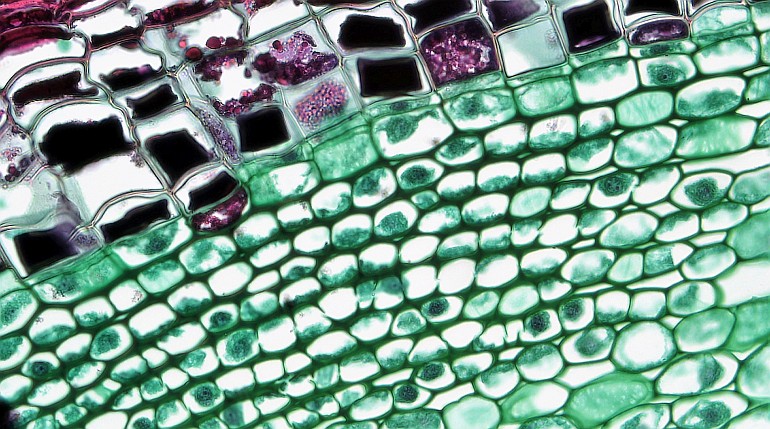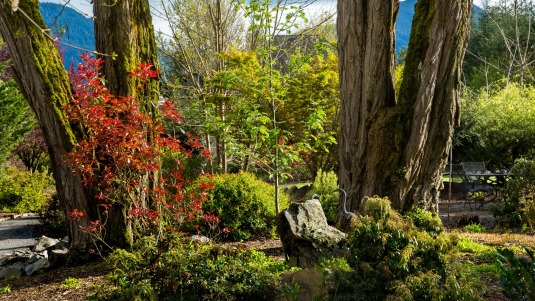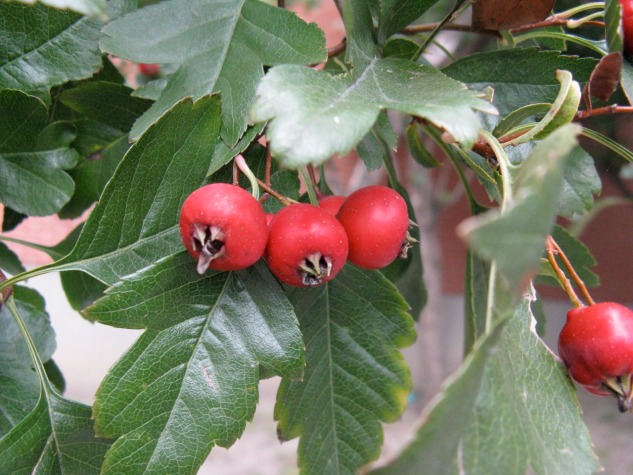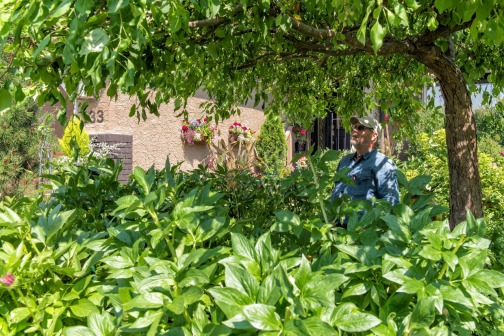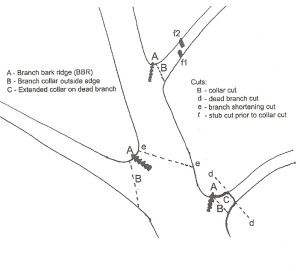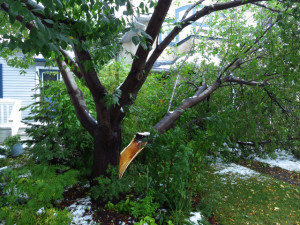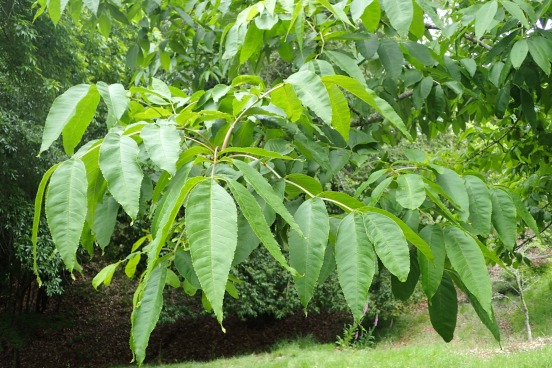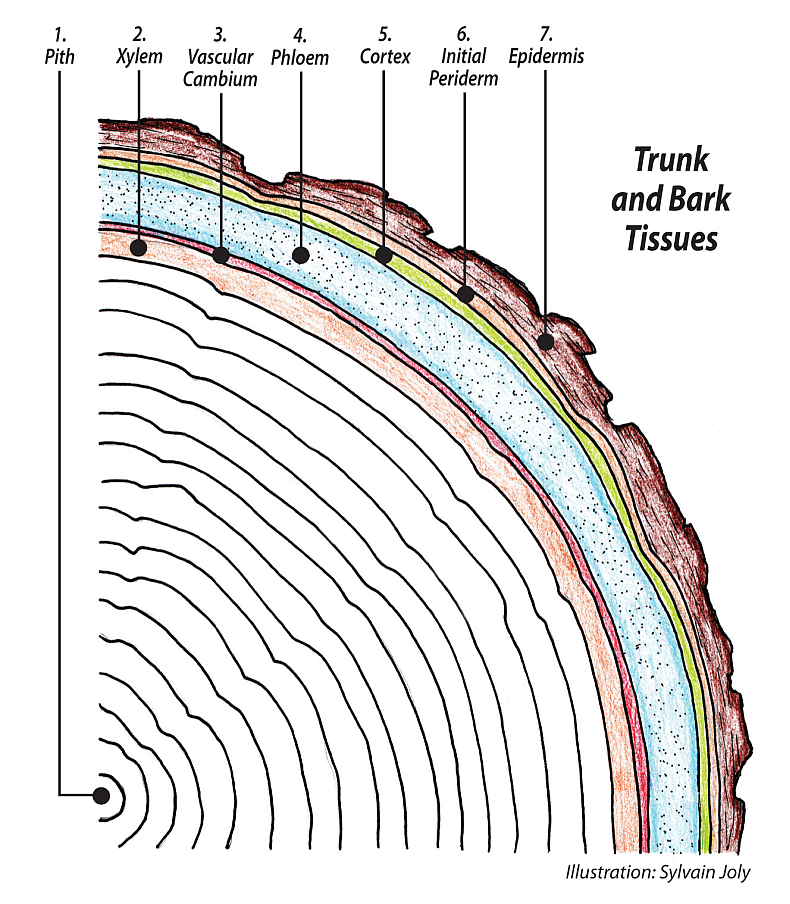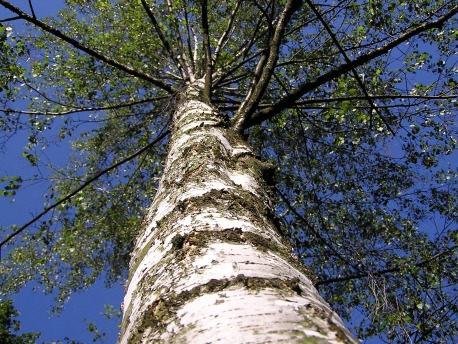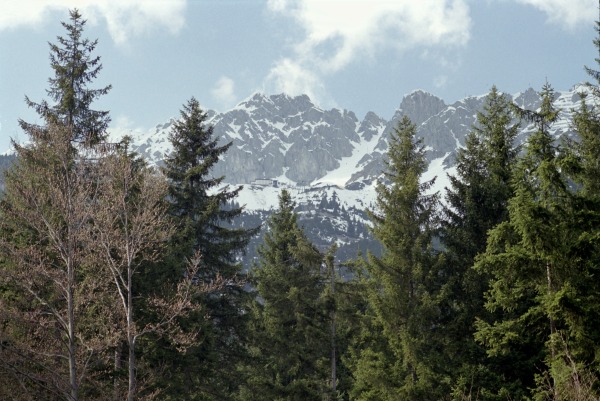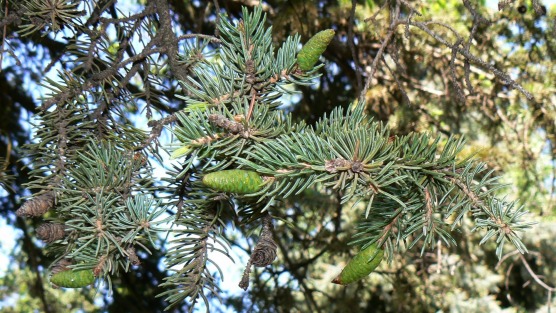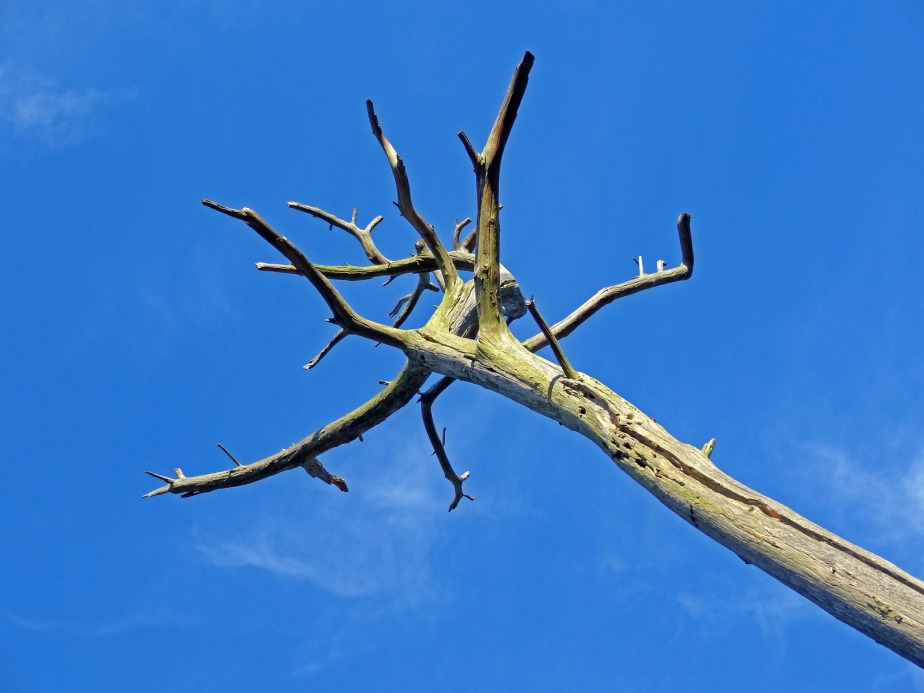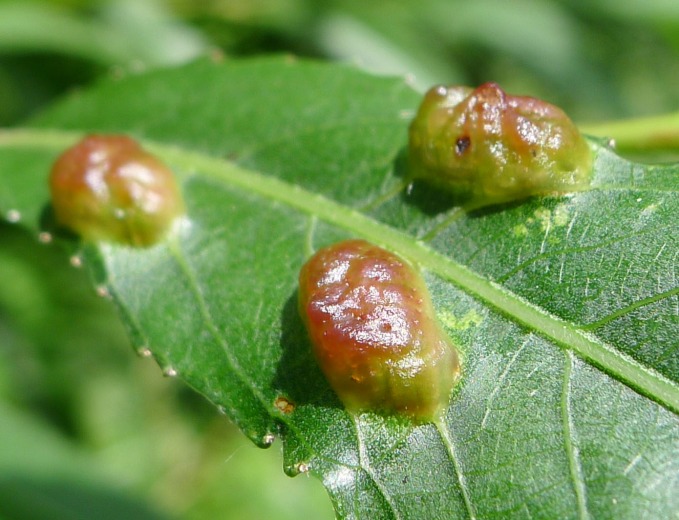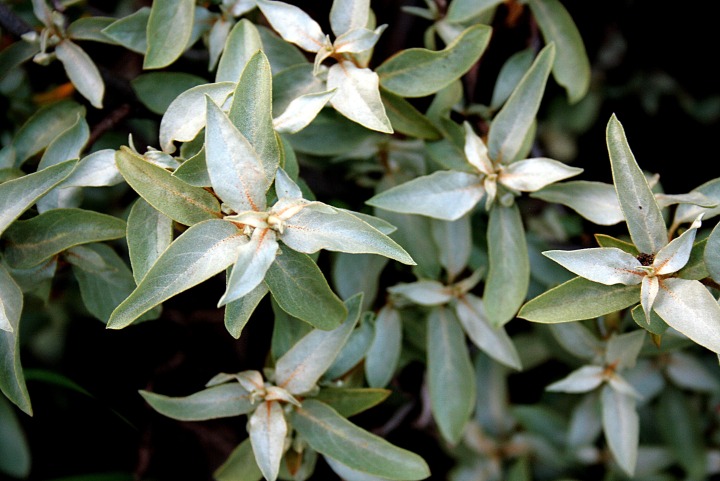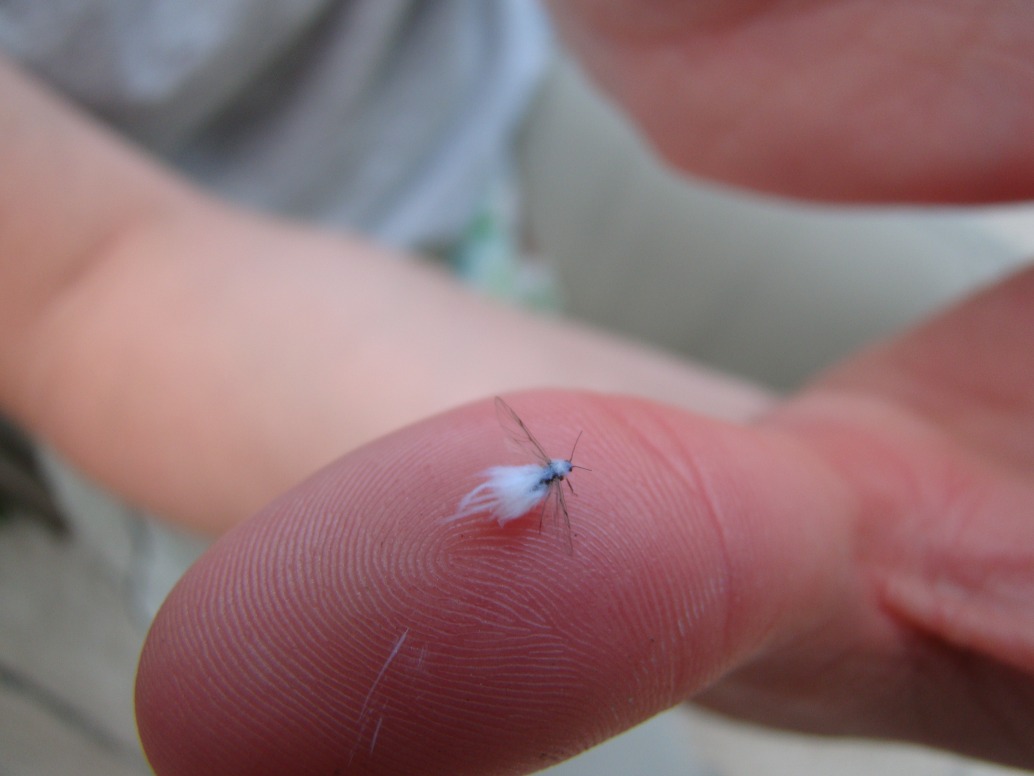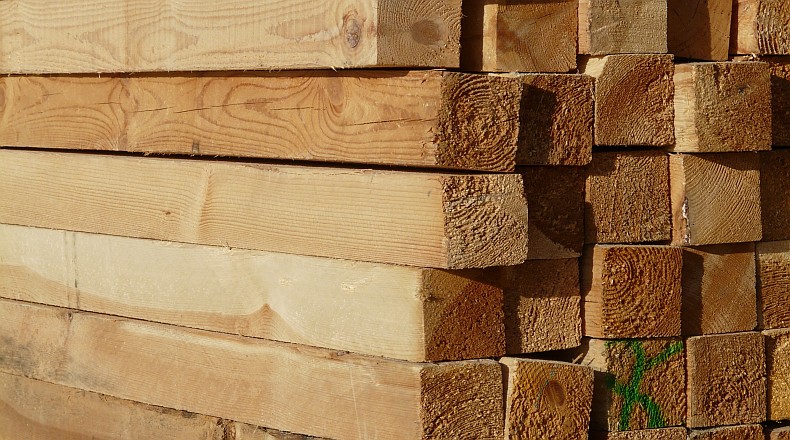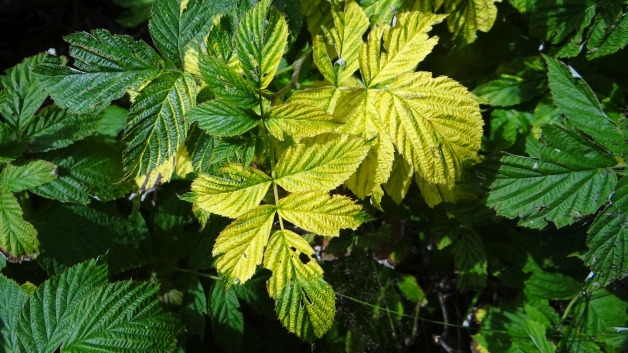Once the trees and shrubs, the bones of a garden, are taken care of we can turn our attention to the flower and vegetable beds. Calgary's soils deserve some discussion. Unless you have purchased or mixed your own soil, soil that is made like a cake with a recipe, you will have clay based, low organic matter, infertile soil that will quickly turn into a hard-packed mass that can resemble concrete.
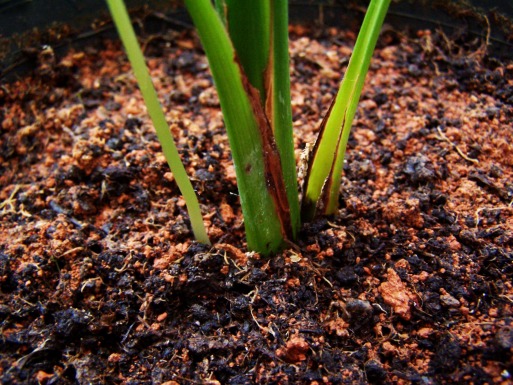
When my wife and I moved from Kensington to Bowness, there were a number of small trees and shrubs, and approximately 120 established perennials to transplant from our garden. There were lots of irises, peonies, and a variety of other hardy plants. We dug these up, taking most of their root mass and packed them into 5, 7 and 10 gallon plant pots, ready for transport and storage. There was a lot to do at the new house and not all the potted plants were transplanted right away. Any pots that didn't get planted were heeled into garden soil in the fall, to their full depth to avoid the worst of winter's deep frost.
The last planting blitz was in the fall of 2016 and as we planted those still healthy plants that had been in pots since the fall of 2014, it was easy to see the changes in the soil as the plants continued to grow and take from the soil what they needed. What went into those pots was a thriving mix of decent black loam mixed with peat moss and our own compost, a light fertile soil you could easily run your hands through. What was left of that soil in the intervening time was almost concrete, hard, grey and depleted of most of its organic content. The plants were still OK and you could almost hear their sighs of relief as we placed them in their new locations, back into hand-made soil in newly constructed beds.
This hard grey soil is the clay basis of all Calgary soils. Ravaged through the eons by glaciers, the native soils of our area are a clay-based, high pH glacial till with 10,000 years of organic black/brown soil established on top of that sub-soil base. When a new subdivision is constructed, all the top soil is carefully removed and stored for later resale. It is valuable, and will be mixed with varying percentages of clay, depending on what you want to pay for. You can always tell what you are looking at by the squeeze test. Run your hand through it, grab a handful and squeeze it. Does the ball you have made crumble easily? If so, it could be pretty good soil. If the ball is sticky or gluey, then there is a lot of clay in that mix.
Some of the commercial mixes are so blatant in their free addition of clay that you can see the raw chips strewn throughout like raisins in a pudding. The soil you want in your garden beds should be at least one foot deep, dark black in color, have a high percentage of organic material in it and be light to the touch, not heavy and easily compacted. You can have soil like this, in which your plants will flourish, by regular cultivation and addition of peat moss and compost. Left unmaintained, your soil will return to the hard grey unproductive state in as little as two to three years.
Another problem in garden soil is pH. Most of our common garden plants are very tolerant of our existing soils, but there are exceptions. Birch trees, some roses, amur maples and others will occasionally show the symptoms of chlorosis, a condition caused by a lack of iron. Typically the leaves are much yellower than usual and veiny looking. The plants will not be vigorous. There is enough iron in most soils; what happens as the soil pH gets higher or more alkaline is that the available iron bonds chemically and becomes unavailable to the plants. The very best way to get the iron back into the plants is to lower the pH. Chelated iron treatments are usually ineffective and in large doses can poison the plants. One simple treatment has proven to be safe and effective: the addition of elemental sulphur into the soil. Cultivating granules of elemental sulphur into the soil around affected plants will turn them green again. This treatment is not a pill, the effects do not happen overnight, once the soil has had time to, let's say, digest the sulphur, then the changes will occur.
In summary, Calgary's soils need yearly attention to remain in optimum condition, with regular cultivation, the addition of organic materials and, if needed, sulphur to alter pH to specific plant needs.



